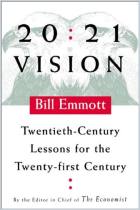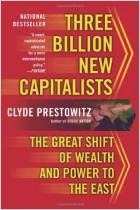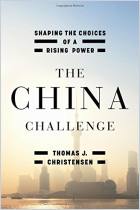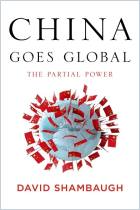As the US’s economy retreats, the economies of Asian nations, notably China, shift into hyperdrive, with some experiencing double-digit growth. Must the rise of Asia and China mean America’s fall? Simon S.C. Tay, a Singaporean professor and intellectual, explains why Asia and America must work together. Asia and China need US leadership, he says, and the US needs Asia’s markets and resources. Tay believes that America and Asia must come together in the future as international partners. getAbstract recommends his informative book to anyone who wants to understand the future’s most crucial international relationship – the US-Chinese nexus.
Asia Rises from the Ashes
In 1997, Thailand’s currency collapsed, precipitating the Asian financial crisis. The fall of the baht had severe negative economic consequences for the entire region. Asian nations pulled out of their financial slump by developing a strong base of manufacturing that relies heavily on the US as its end market.
In 2008, with the US at the epicenter of a raging financial storm, nations across the globe suffered grievous economic losses. Yet Asian banks, which instituted effective measures to restore their finances after the 1997-98 emergency, rode out the storm relatively well. But the 2008-09 crisis pulled Asia and the US apart in an economic decoupling. Asian nations want to rebalance their economic affairs with the US to achieve parity. Some hope to export goods to one another and thus make up the shortfall resulting from the contraction of the American market.
This hope parallels the new economic reality that commentator Fareed Zakaria terms a “post-American world,” where China, India, Brazil and Russia enjoy more geopolitical influence. Zakaria believes a new global order must feature cooperation and partnership among nations, and...




















Comment on this summary or 开始讨论